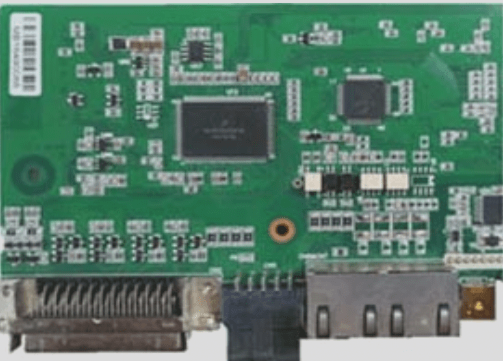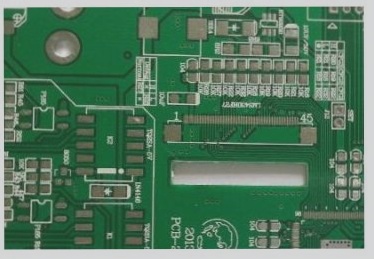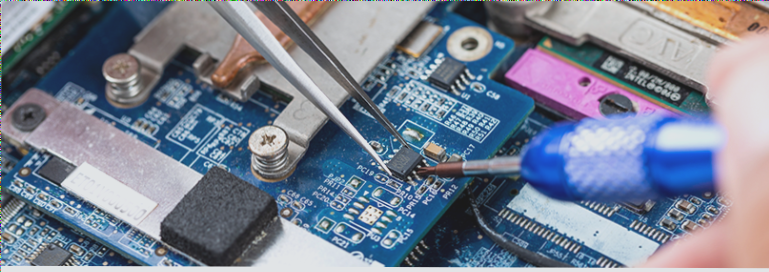Generating Gerber and Drill Files from Eagle 9.6.2
When working with Eagle files for PCB manufacturing, it’s essential to export Gerber files for fabrication. Follow these steps to generate Gerber and drill files from your Eagle 9.6.2 design:
Before exporting Gerber files, ensure your silkscreen is correctly configured. Eagle defaults to top silkscreen layers, so adjust for double-sided silkscreens if needed. Include all necessary layers for milling and outline to prepare for PCB manufacturing.
Latest Eagle Version Notice
If you’re using Eagle version 9.20 or higher, refer to this post for updated guidance.
Step 1: Generate Drill Files
- Access the “Drill Configuration” dialog by navigating to File → Run ULP and create the drill configuration file.
- Open your .brd file, go to File, and select CAM Processor to proceed.
Step 2: Generate Gerber Files
In the “CAM Processor” dialog, open the “excellentone.cam” file to create the drill file. Then select “gerb274x.cam” to generate the Gerber files.
Step 3: Verify and Compress Files
After processing, ensure your Gerber package includes files like *.cmp, *.drd, *.plc, *.sol, and more. Use a Gerber viewer to double-check the layers before sending them for production.
Once verified, compress all files into a single .zip folder for easy transfer to your PCB manufacturer.
PCB Fabrication Process
After designing your PCB layout, the final step is to compress all the files into a single .zip file. Once done, provide the PCB parameters (size, quantity, layers, thickness, etc.) on our PCB Instant Quote page. Upload the .zip (Gerber) file to the Wellcircuits online system. Our engineers will review the files for any issues before proceeding with fabrication.
If you use Eagle, you can download our CAM files to directly export Gerber files and avoid potential issues:

If you have any inquiries regarding PCB and PCBA, please don’t hesitate to reach out to us at info@wellcircuits.com.




